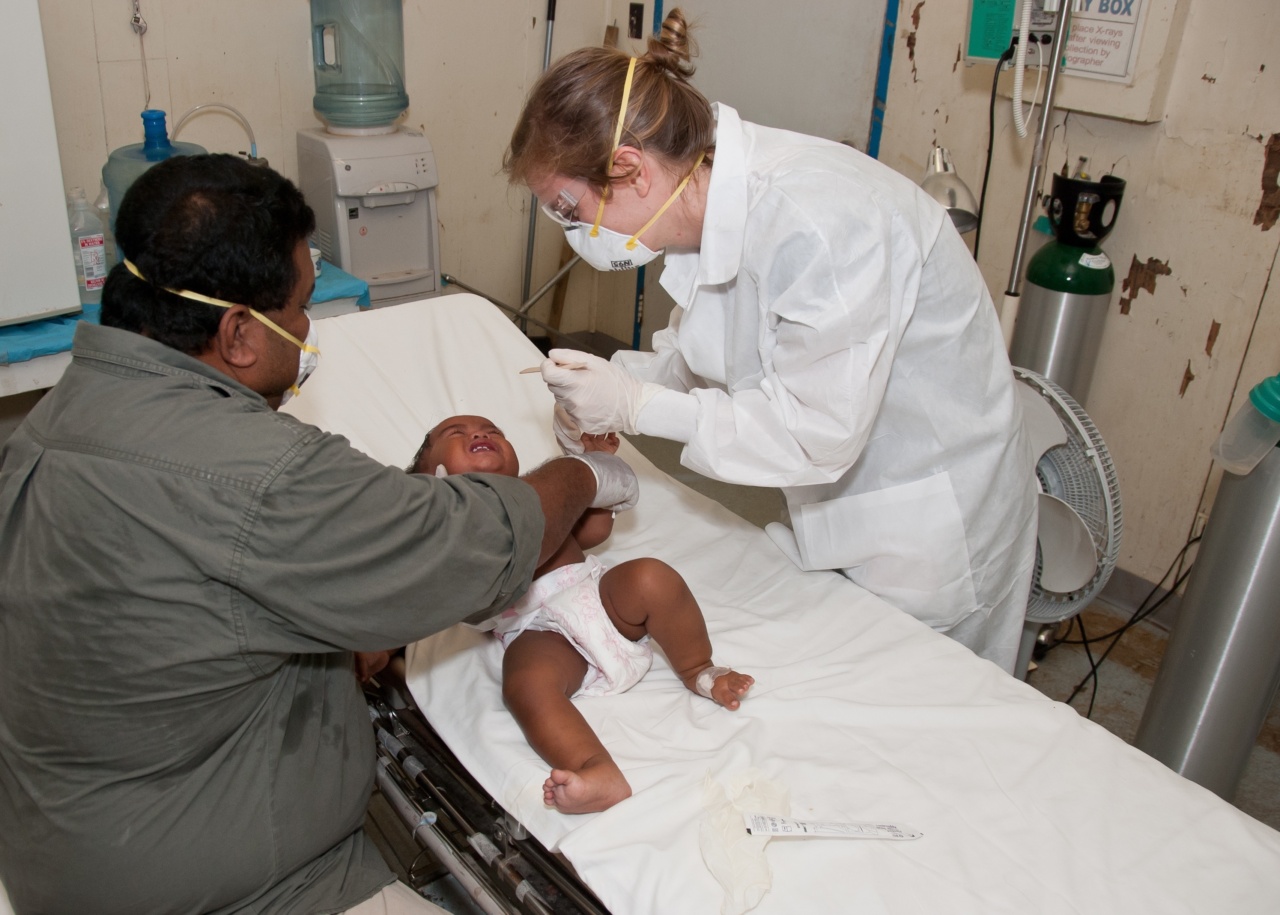A urinary tract infection (UTI) is a common infection that affects any part of the urinary system, including the kidneys, bladder, ureters, and urethra. It occurs when bacteria enter the urinary tract and multiply, causing inflammation and infection.
UTIs can be uncomfortable and can lead to more serious complications if not treated promptly. This article will discuss the symptoms, causes, and treatment options for urinary tract infections.
Symptoms of Urinary Tract Infection
The symptoms of a urinary tract infection can vary depending on which part of the urinary system is affected. Common symptoms include:.
- A strong, persistent urge to urinate
- A burning sensation during urination
- Frequent urination, often in small amounts
- Cloudy, dark, bloody, or strong-smelling urine
- Pain or pressure in the lower abdomen or back
- Feeling tired or shaky
- Fever or chills (a sign that the infection may have reached the kidneys)
If you experience any of these symptoms, it is important to see a healthcare professional for a proper diagnosis and treatment.
Causes of Urinary Tract Infection
Urinary tract infections are primarily caused by bacteria, most commonly Escherichia coli (E. coli), which normally reside in the intestines. The bacteria can enter the urinary tract through the urethra and travel upward, leading to an infection.
Other bacteria, such as Staphylococcus saprophyticus and Klebsiella pneumoniae, can also cause UTIs.
In some cases, UTIs can also be caused by fungi or viruses, although this is less common. Risk factors that can increase the likelihood of developing a urinary tract infection include:.
- Being female (women are more prone to UTIs due to the shorter length of the urethra)
- Sexual activity (can introduce bacteria into the urethra)
- Using certain types of birth control (such as diaphragms or spermicides)
- Menopause (reduced estrogen levels can make the urinary tract more vulnerable to infection)
- Urinary tract abnormalities or blockages
- Conditions that suppress the immune system (e.g., diabetes, HIV)
- Use of urinary catheters (increased risk of bacteria entering the urinary tract)
Treatment of Urinary Tract Infection
The treatment of urinary tract infections typically involves a course of antibiotics to kill the bacteria causing the infection. The type of antibiotics prescribed will depend on the severity of the infection and the specific bacteria involved.
It is important to take the full course of antibiotics as prescribed, even if symptoms improve, to ensure the infection is fully eradicated.
In addition to antibiotics, the following measures can help relieve symptoms and prevent UTIs:.
- Drinking plenty of water to flush out bacteria
- Avoiding caffeine, alcohol, and spicy foods that can irritate the bladder
- Applying a heating pad to the lower abdomen to alleviate pain
- Taking over-the-counter pain relievers (such as ibuprofen) to reduce discomfort
- Urinating before and after sexual activity
- Wiping from front to back after using the toilet
- Wearing cotton underwear and avoiding tight-fitting pants
If UTIs are recurrent or severe, further evaluation may be needed to identify any underlying causes or conditions contributing to the infections. This can involve imaging tests, cystoscopes, or other specialized examinations.
Conclusion
Urinary tract infections are a common and uncomfortable condition that can affect anyone. Prompt treatment with antibiotics is crucial to prevent complications and alleviate symptoms.
By understanding the causes and symptoms of UTIs, individuals can take steps to reduce the risk of infection and seek appropriate medical care when needed.





























